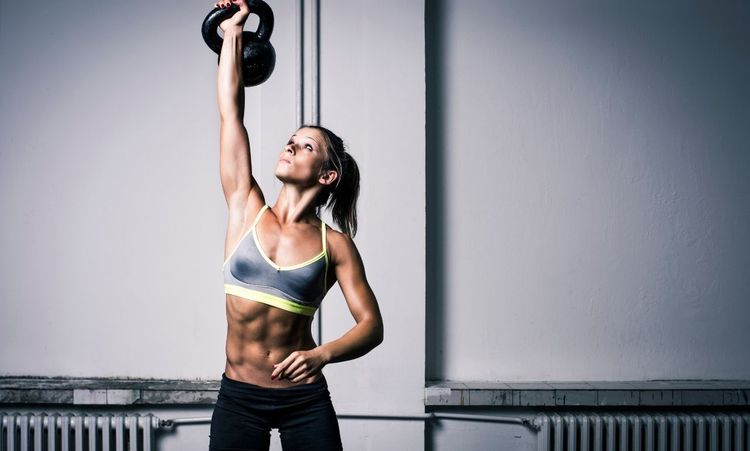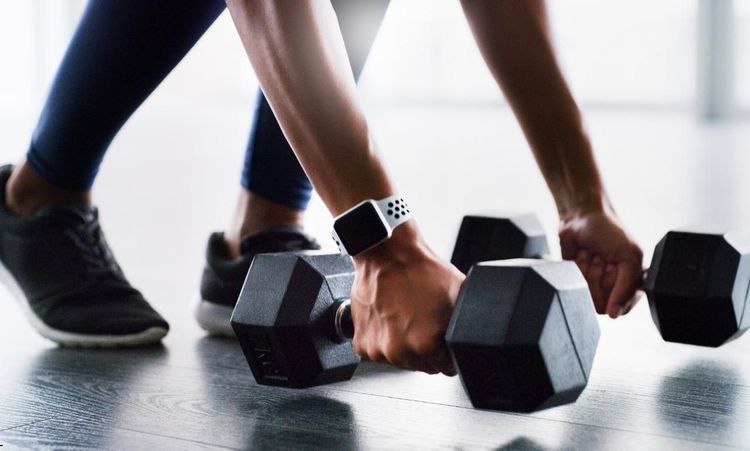When people talk about essential exercises, squats almost always make the list. They’re simple, require no equipment, and deliver powerful results. You don’t need a gym membership, a trainer, or fancy machines. What you do need is good form and a little commitment.
Squats might look basic, but they train your body in ways many workouts can’t. They build strength in the legs, improve mobility in the hips, and even support healthy posture. They also torch calories, which is why they’re a favorite in fitness classes and athletic training programs alike.
If you’ve ever wondered why trainers insist on squats, you’re about to see why. But before we talk benefits, let’s go through the form. Getting this movement right sets you up for long-term progress and keeps your knees, hips, and back safe.
The Basics: Proper Squat Form
Doing squats correctly matters far more than doing them quickly. Technique protects your joints, engages the right muscles, and ensures you’re not wasting effort. Think of each squat as a foundation for better movement in everyday life.
Stand straight with feet hip-width apart
The setup is simple. Stand tall, feet about hip-width apart. Some people prefer a slightly wider stance, and that’s fine too. Toes can point forward or turn outward slightly. Keep your shoulders back and your chest open. This posture prepares your body for the movement and provides balance from the very first rep.
Engage your core muscles
Your midsection is your anchor here. Before lowering, tighten your abdominal muscles as if someone is about to tap your stomach. Engaging the core helps stabilize your spine and prevents unnecessary strain on the lower back. Many people skip this step, but without core activation, the squat loses much of its stability.
Lower down, as if sitting in an invisible chair
Now, imagine you’re lowering yourself into a chair that isn’t there. Bend your knees and push your hips back at the same time. Keep your chest lifted and your eyes forward. Ideally, your thighs will reach a point parallel to the ground. But if flexibility is limited, go as low as comfortable without forcing it. Depth improves with practice. Keep the weight in your heels, not your toes.
Lift back up to standing position
From the bottom of the squat, press firmly through your heels to rise. Straighten your legs, but don’t snap the knees into a lock. Maintain a tall posture as you return to standing. At the top, your muscles should still feel engaged, not loose. That finishing position is what builds power in your legs and stability in your hips.
Performing squats with this sequence—setup, engage, lower, and rise—makes the exercise safer and more effective. Once you’re confident, you can explore variations or add weights, but form should always come first.
Benefits of Squats
When you commit to squats, you’re not just strengthening your legs. The rewards ripple through your entire body.
Squats strengthen your lower-body muscles
Your legs are home to some of the biggest muscles in your body. Squats target them all. The quadriceps, hamstrings, calves, and glutes each play a role during the movement. Stronger legs mean climbing stairs without strain, carrying groceries more easily, and running faster. Athletes from sprinters to football players use squats to improve power. Even if you’re not competing, stronger legs make everyday life smoother.
Squats improve your posture, balance, and mobility
Many people spend long hours sitting, often slouched over a desk or screen. This weakens the muscles that support good posture. Squats counteract this. They strengthen the core, back, and hips—all essential for standing tall and moving with control. Because you must balance while lowering and rising, squats also improve coordination. Over time, your hips and ankles loosen, granting you smoother movement. Walking, bending, or even dancing becomes easier when mobility improves.
Squats keep your bones and joints strong
Bones adapt when you challenge them. Weight-bearing exercises like squats signal bones to become denser. That’s why squats help protect against conditions like osteoporosis. Strong bones mean fewer fractures and greater stability as you age. Joints benefit too. When you move through a squat, fluid circulates in the joint spaces. This keeps them flexible and reduces stiffness. Ligaments and tendons surrounding those joints also strengthen, offering more protection.
Squats burn more calories
Because squats recruit multiple large muscles, they demand more energy than smaller, isolated movements. That means your body burns more calories per squat compared to, say, a bicep curl. Calorie burn doesn’t just happen during the workout, either. Squats elevate your metabolism so your body continues using energy afterward. If weight loss or fat burning is part of your goal, squats are a valuable tool.
Squats can boost your confidence, and you can do them almost anywhere
There’s a mental edge to this exercise. Squats are tough, but completing a challenging set feels rewarding. That sense of accomplishment carries over into other areas of life. You feel capable, strong, and ready for challenges beyond the gym. Plus, squats are convenient. You don’t need a weight rack or a large space. You can perform them in a bedroom, a park, or even during a break at work. Their accessibility keeps you consistent, and consistency builds results.
A Personal Touch
When I first added squats to my workouts, they felt awkward. My legs wobbled, my heels lifted, and my balance was shaky. But sticking with them paid off. Within weeks, I noticed climbing stairs was easier. My back felt stronger, and I stood taller. What started as frustration turned into motivation. That’s the power of this one movement—it doesn’t just change how you exercise, it changes how you carry yourself every day.
Conclusion
Squats deserve their reputation as a powerhouse exercise. They build strength, improve posture, protect your bones, and torch calories. They’re versatile, convenient, and suitable for beginners and athletes alike. What matters most is form. Without it, the benefits shrink, and the risk of pain rises. With it, the rewards are undeniable.
If you’re just starting, focus on technique before increasing reps or adding weights. For those with experience, challenge yourself with squat variations or resistance. Wherever you are in your fitness journey, squats fit in. They require little more than effort, yet deliver benefits that last a lifetime.




